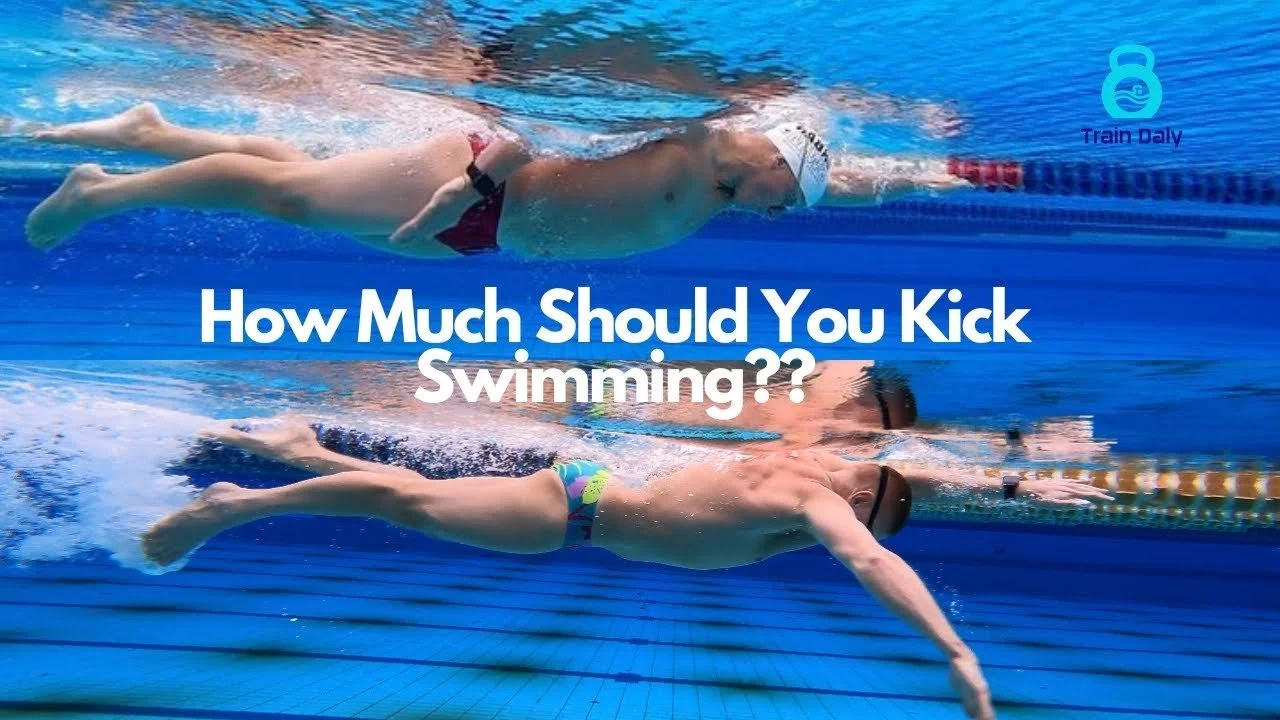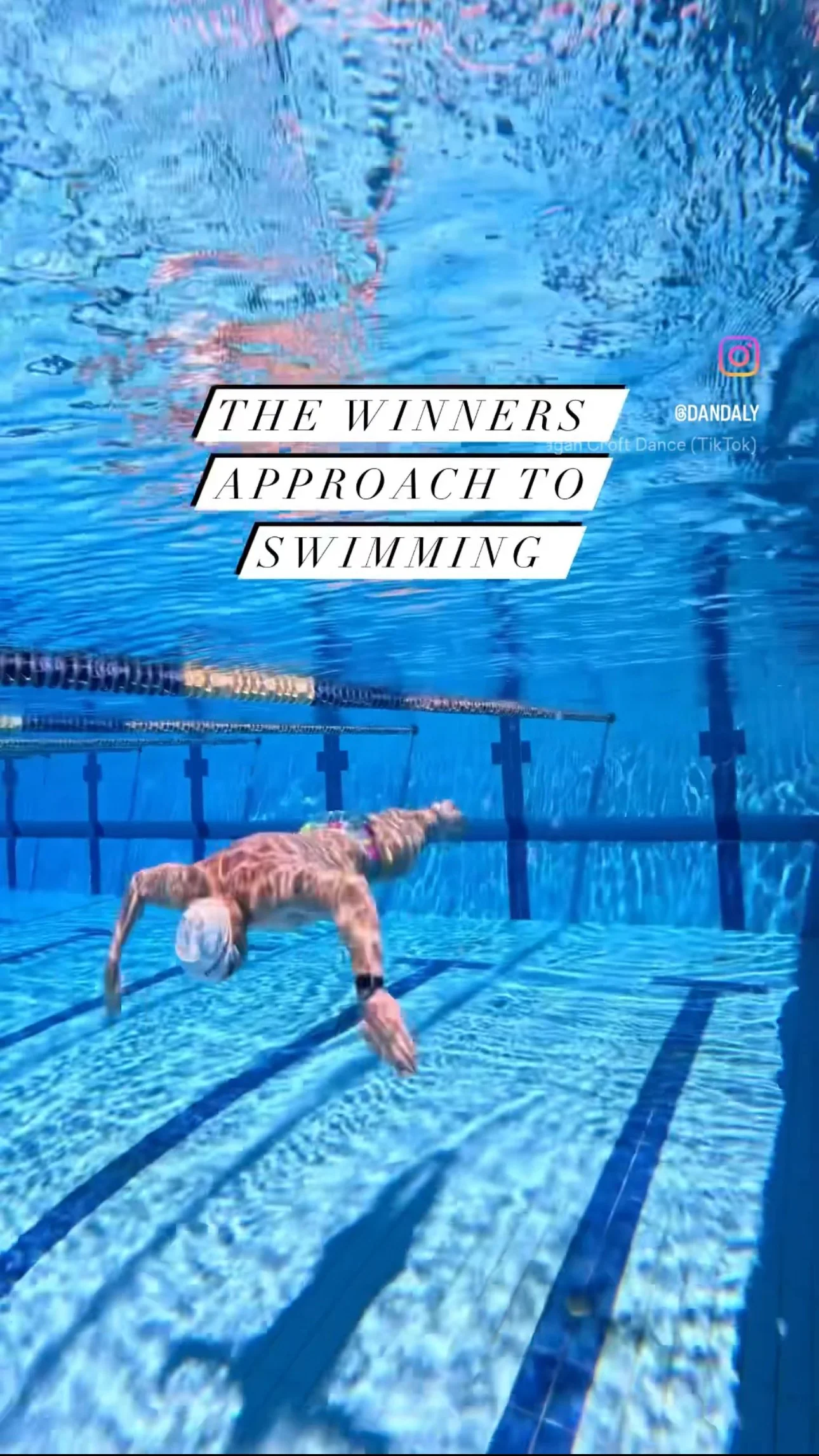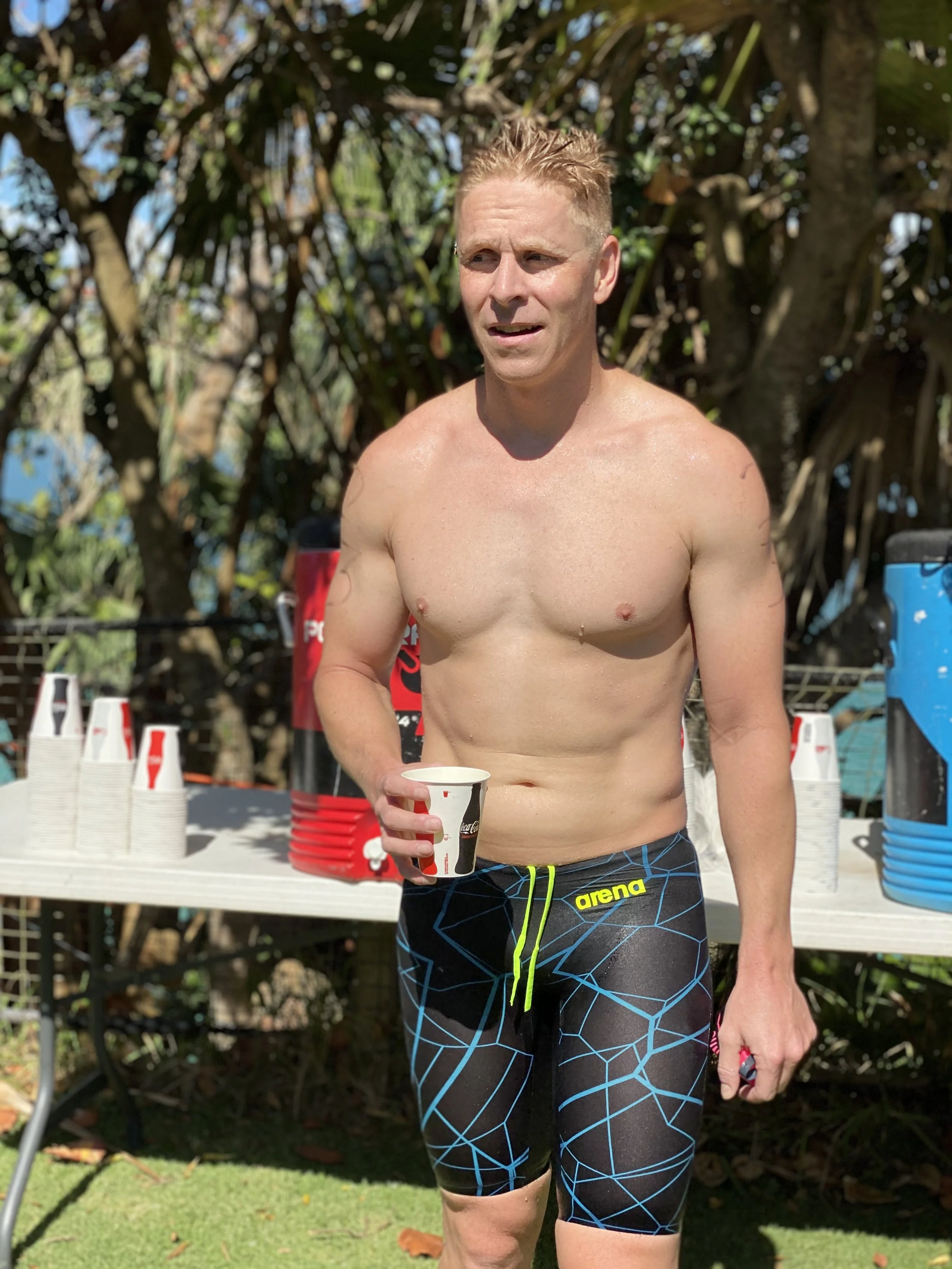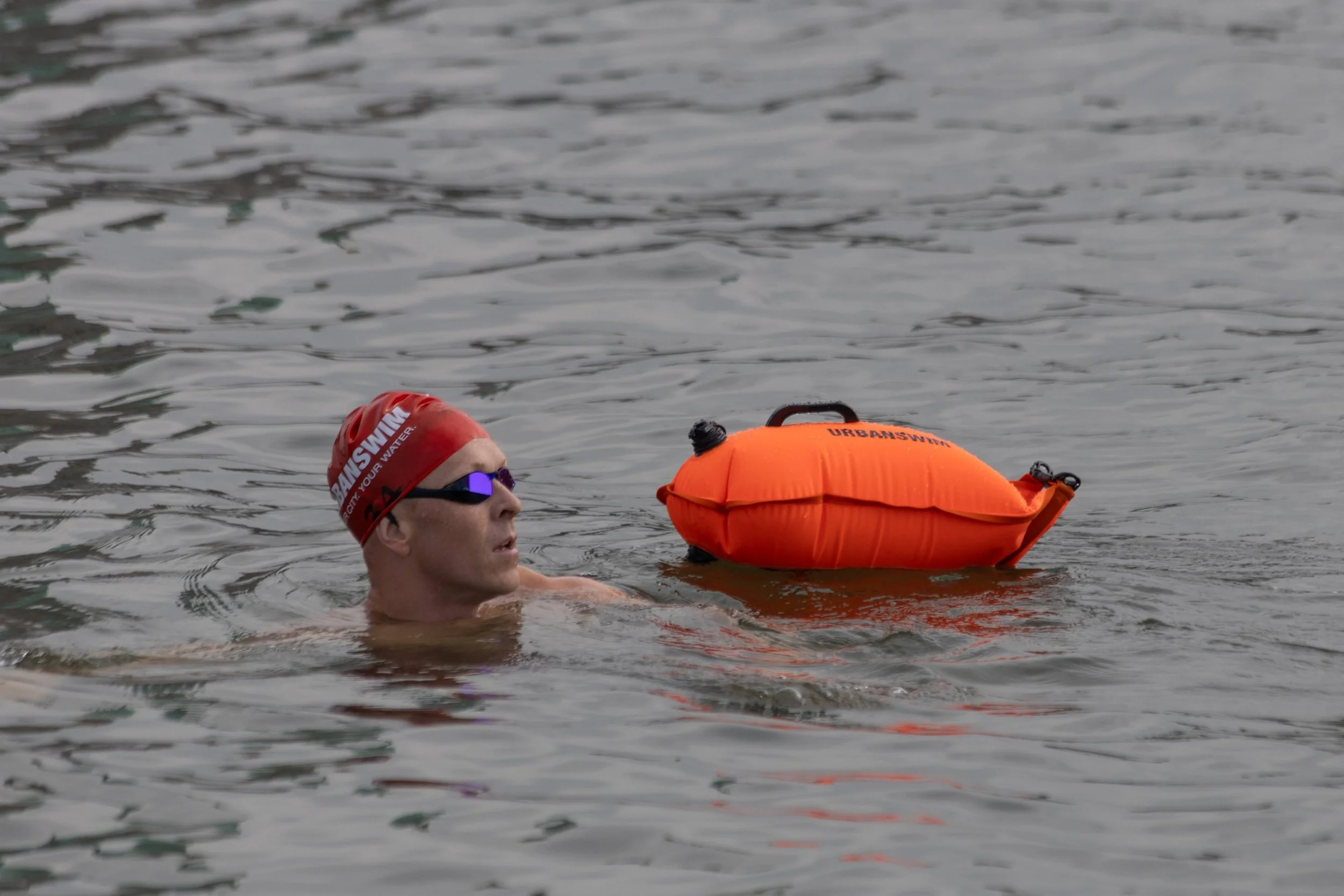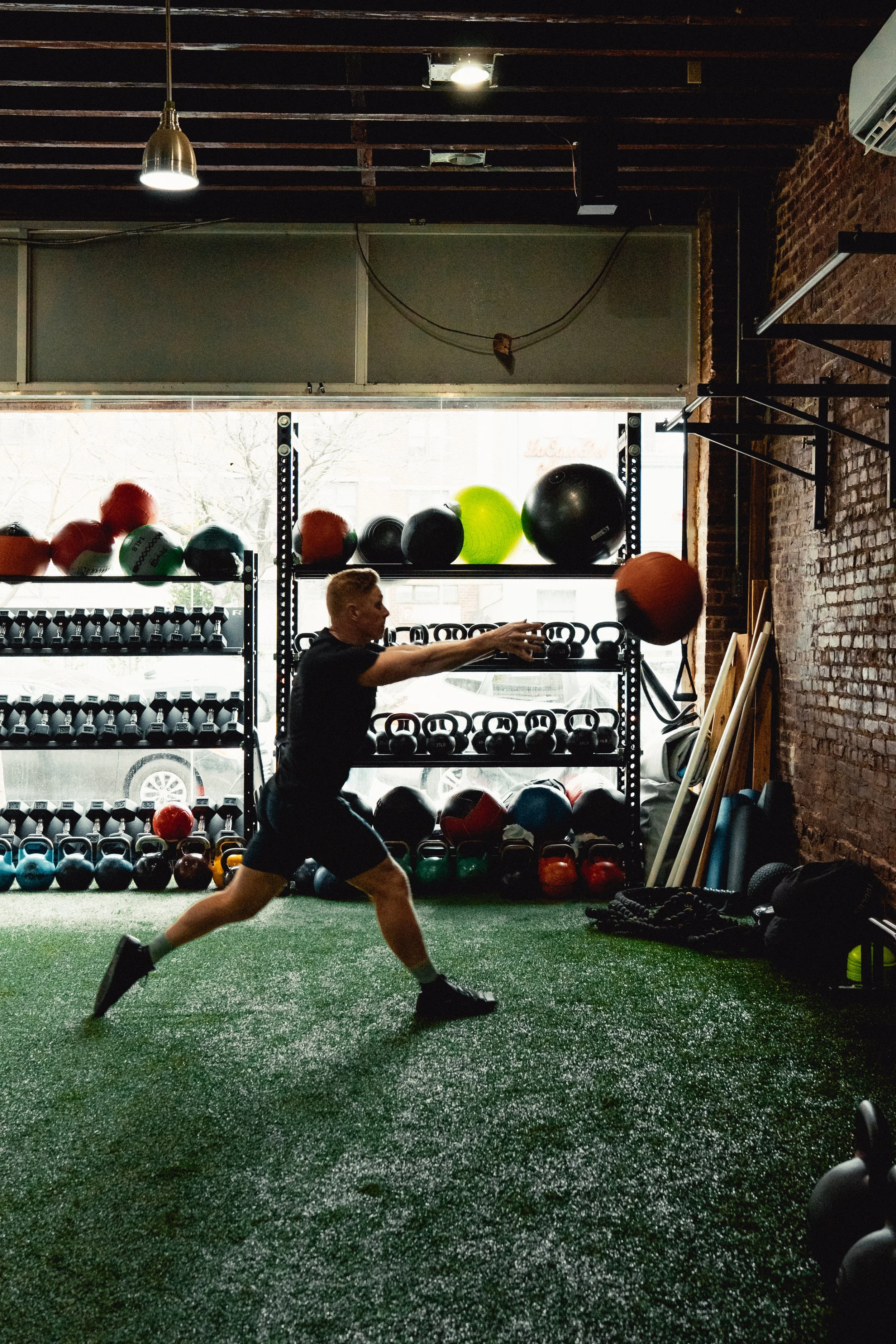Understanding Freestyle Kicking Tempos: The 2, 4, and 6-Beat Kick Swimming
/Dive into the nuances of freestyle swimming with our expert breakdown of the 2, 4, and 6-beat kick techniques. Learn how each style impacts your swim, the role of rhythm in propulsion, and tips for mastering these kicks for improved performance. Join us as we explore these essential swimming techniques for beginners and seasoned swimmers alike.
Read More
